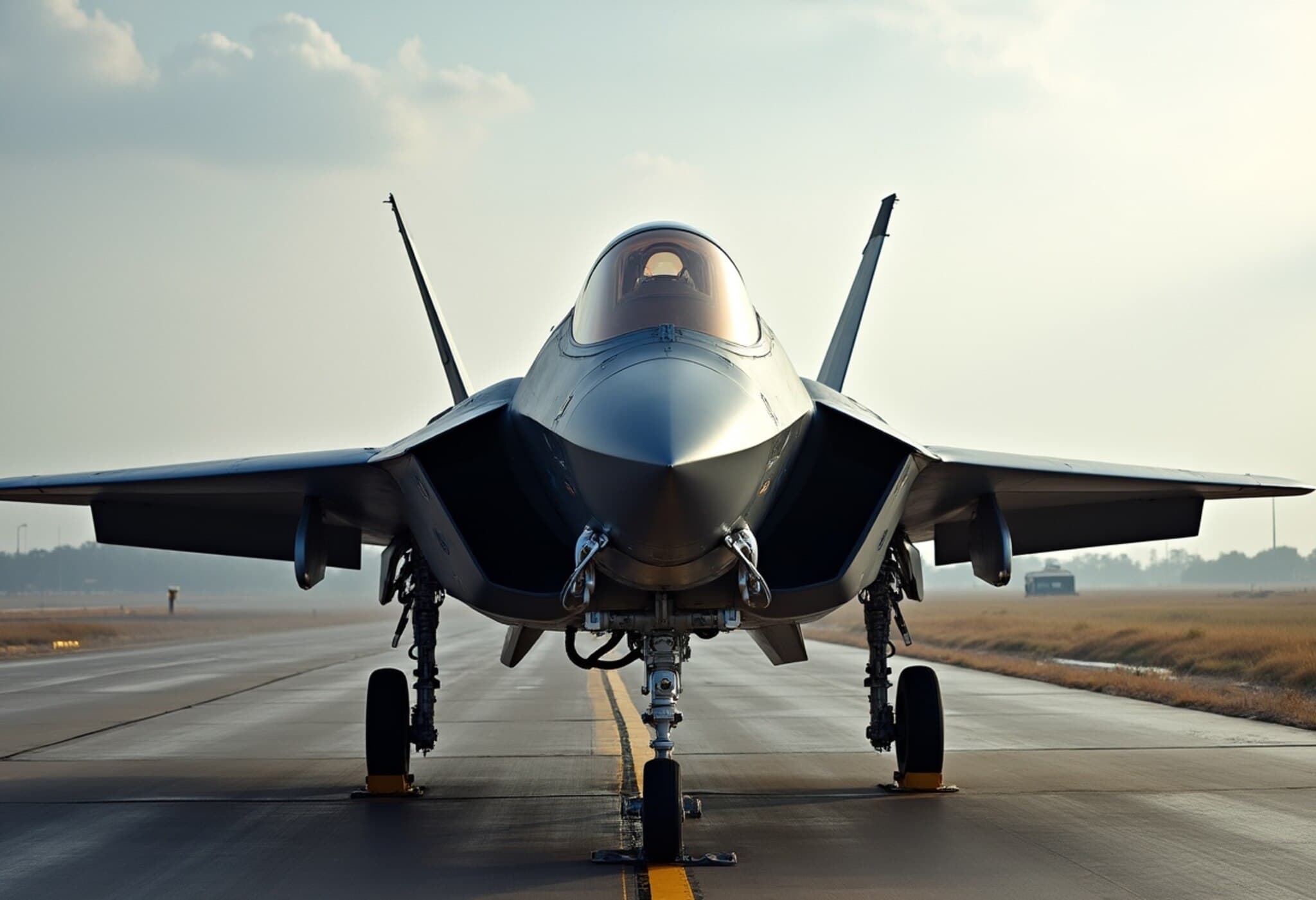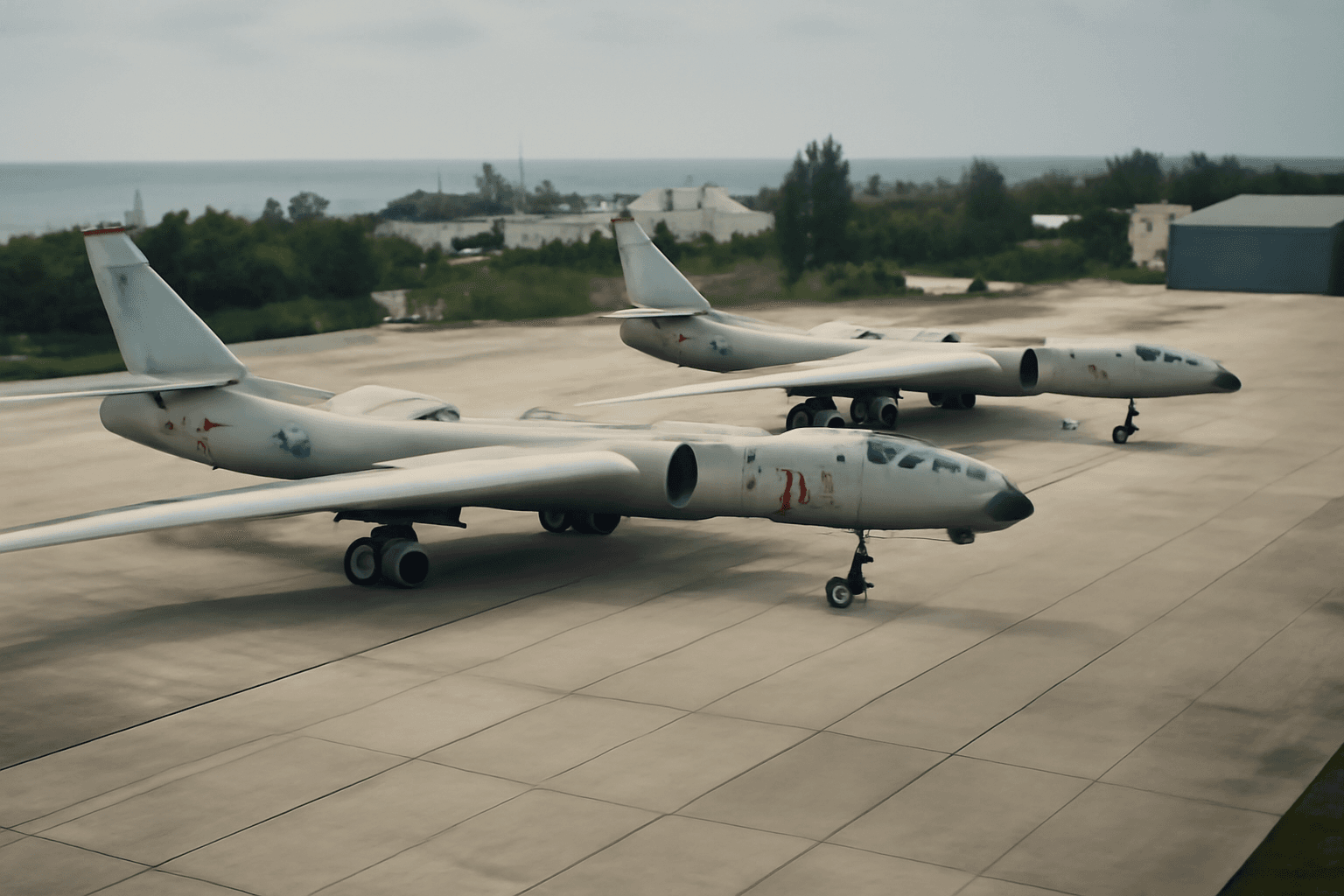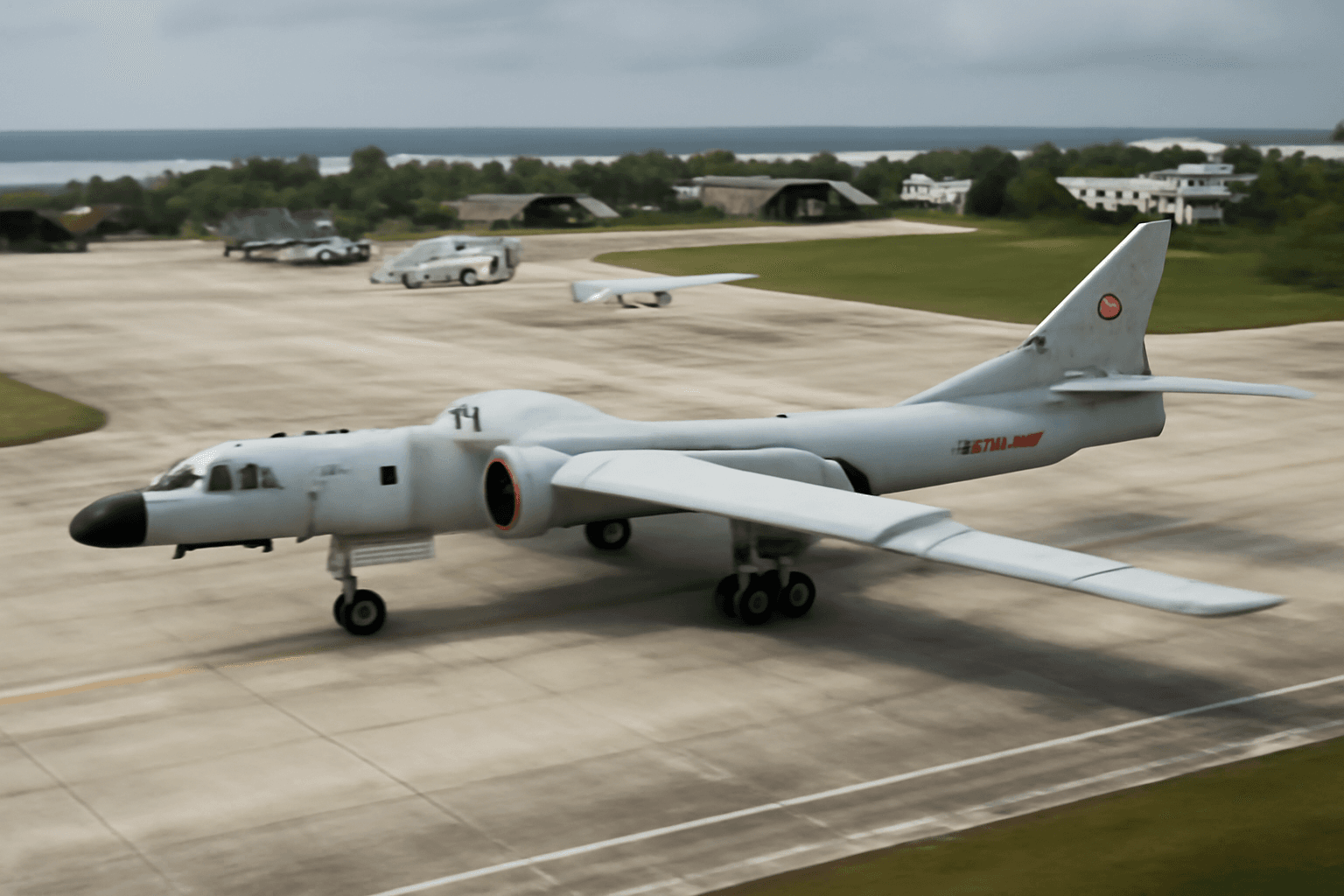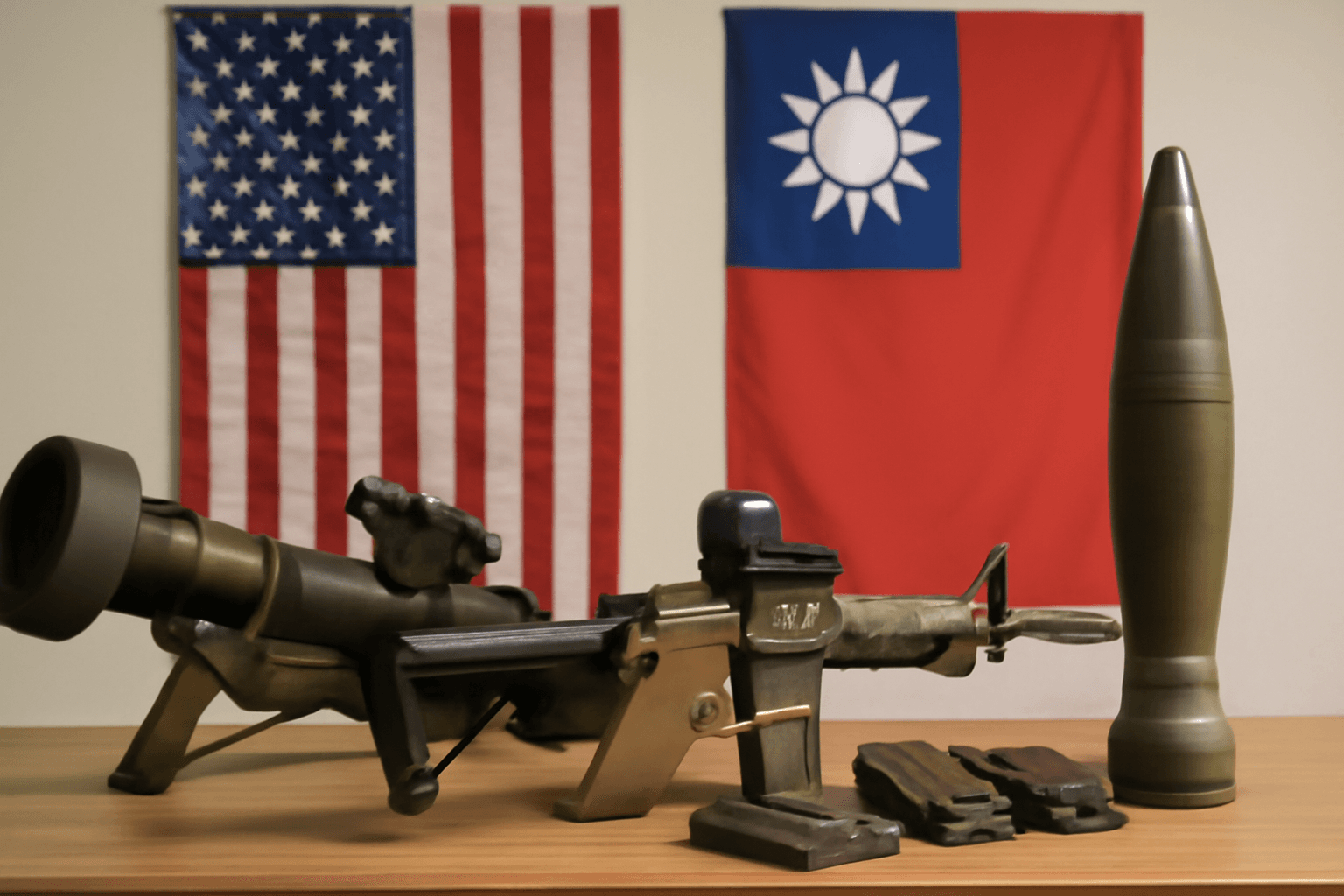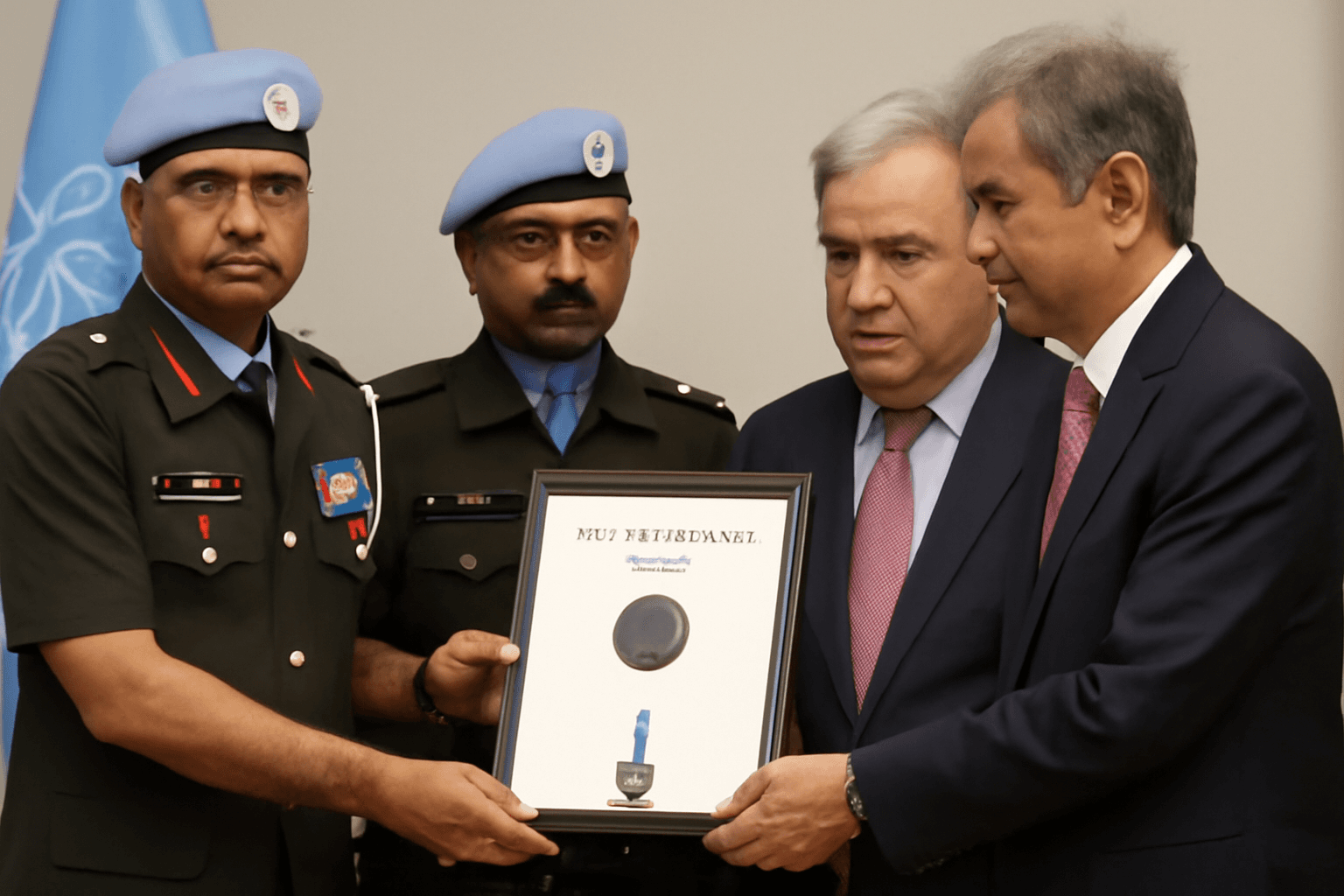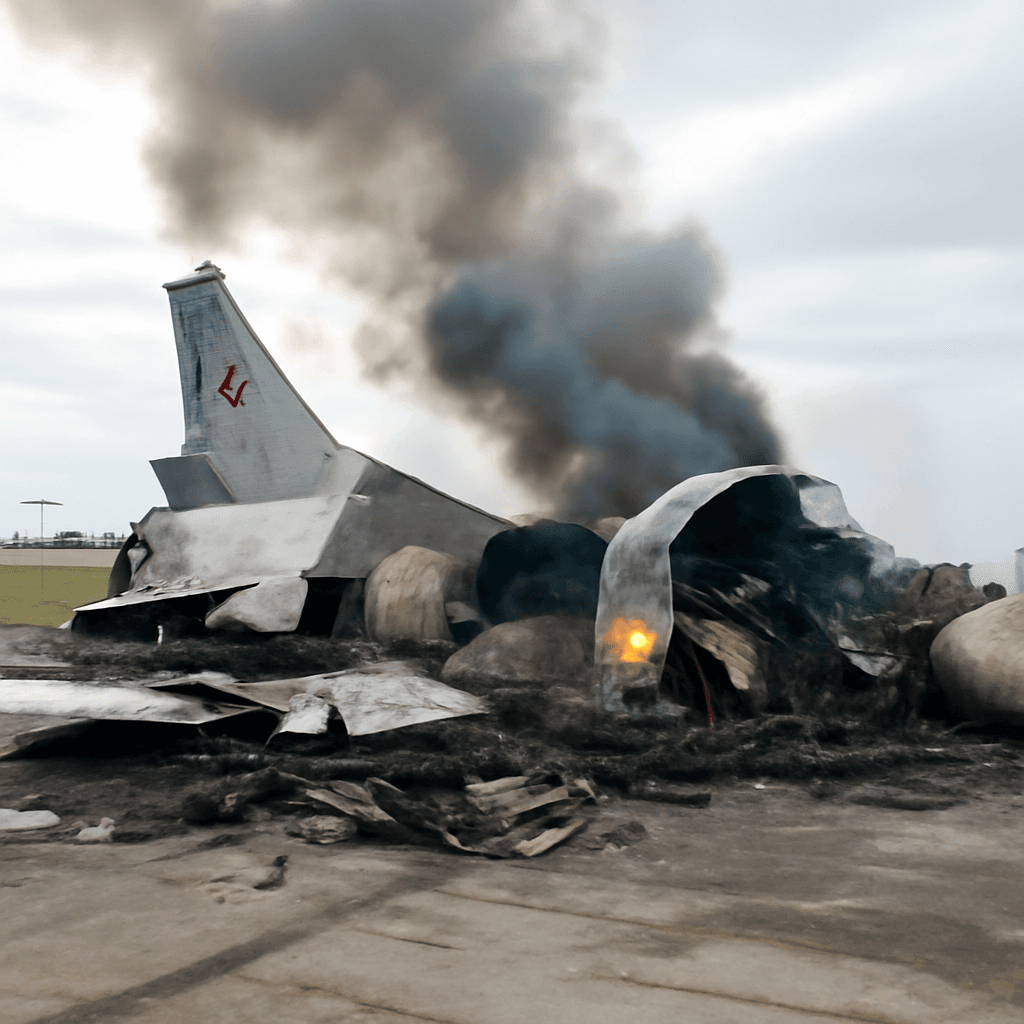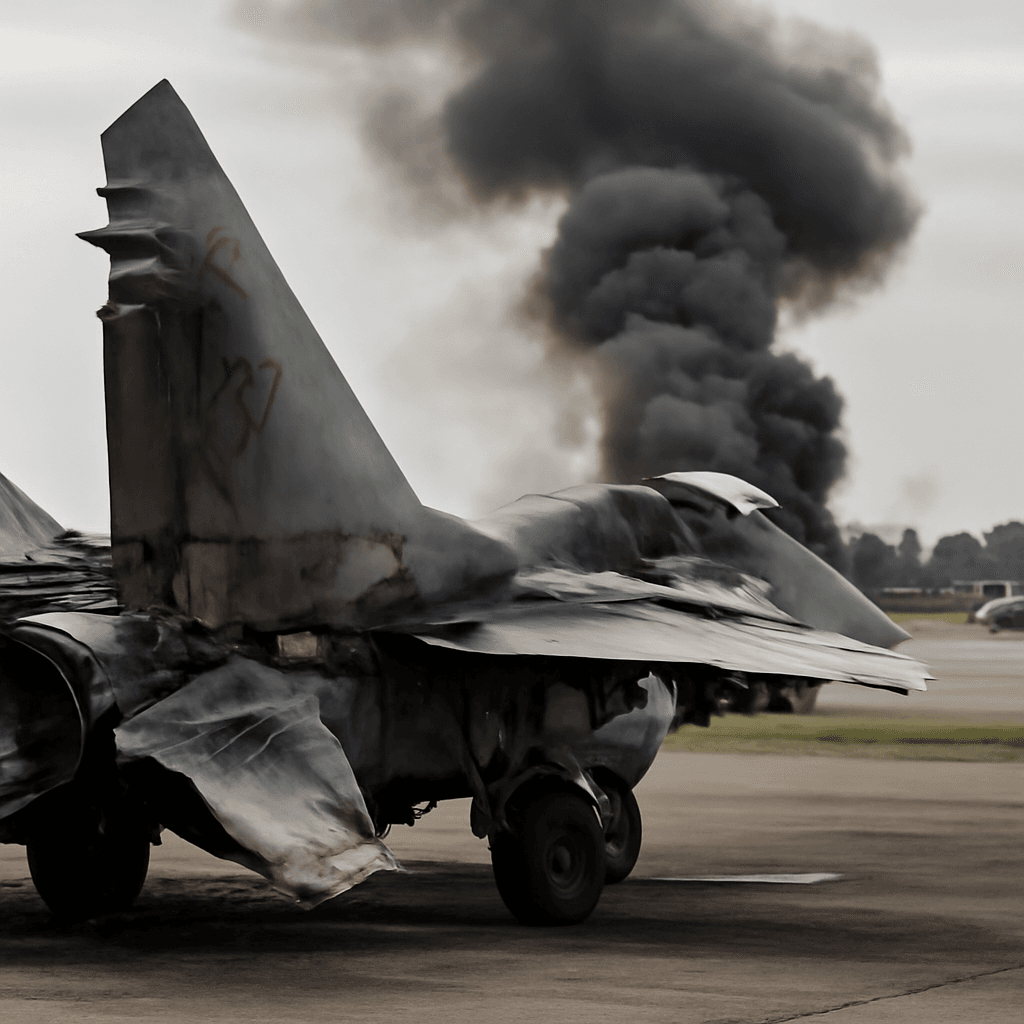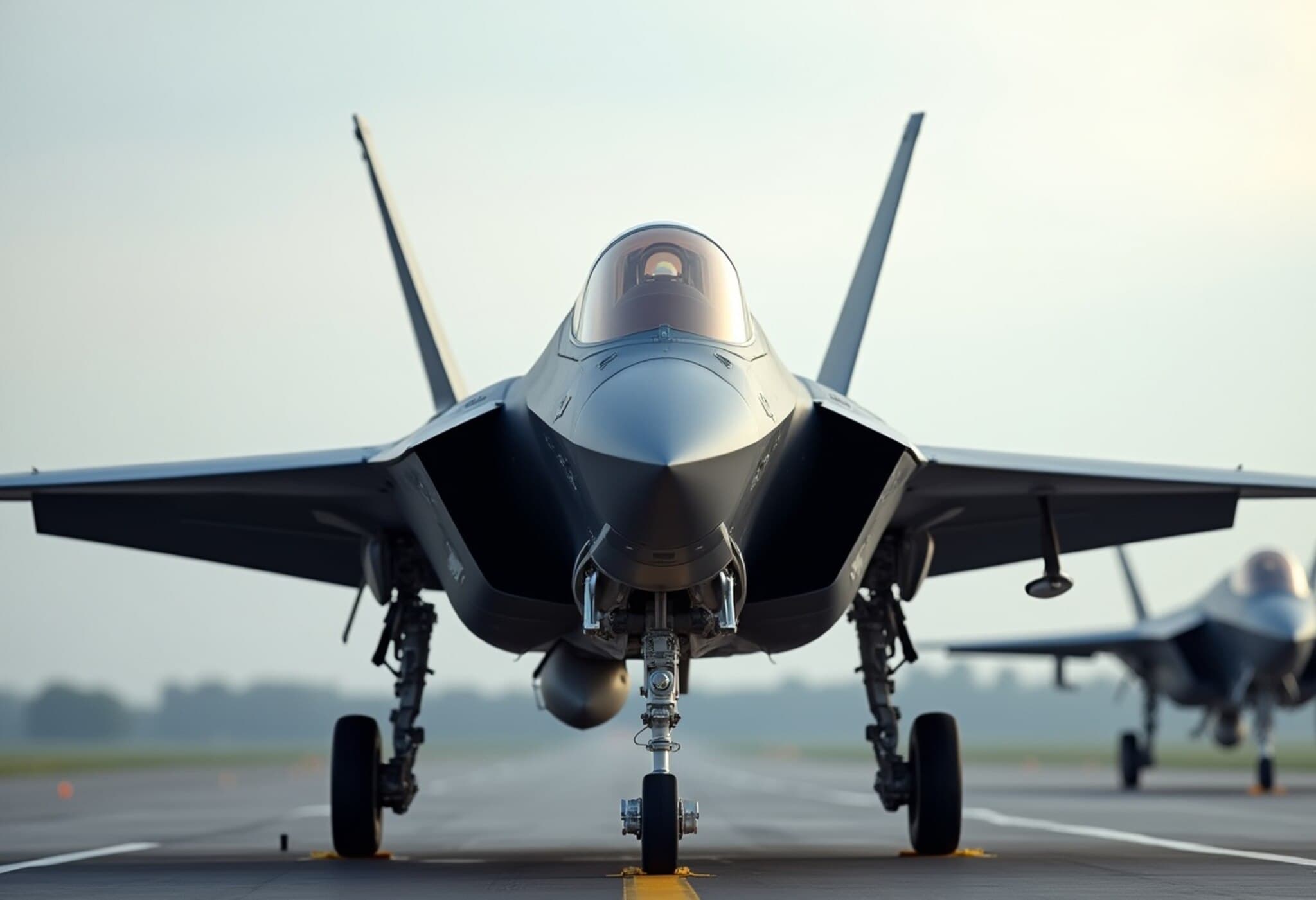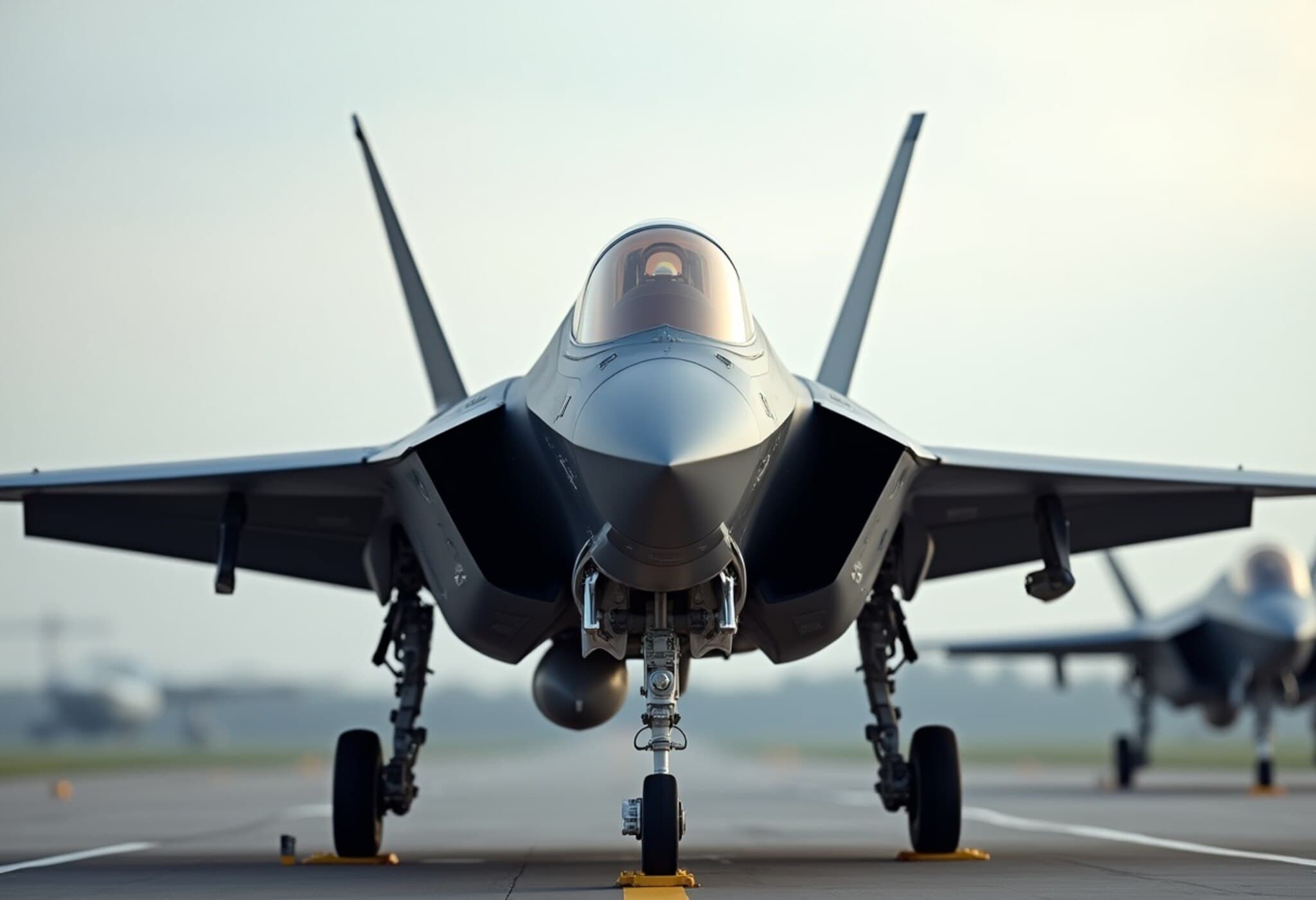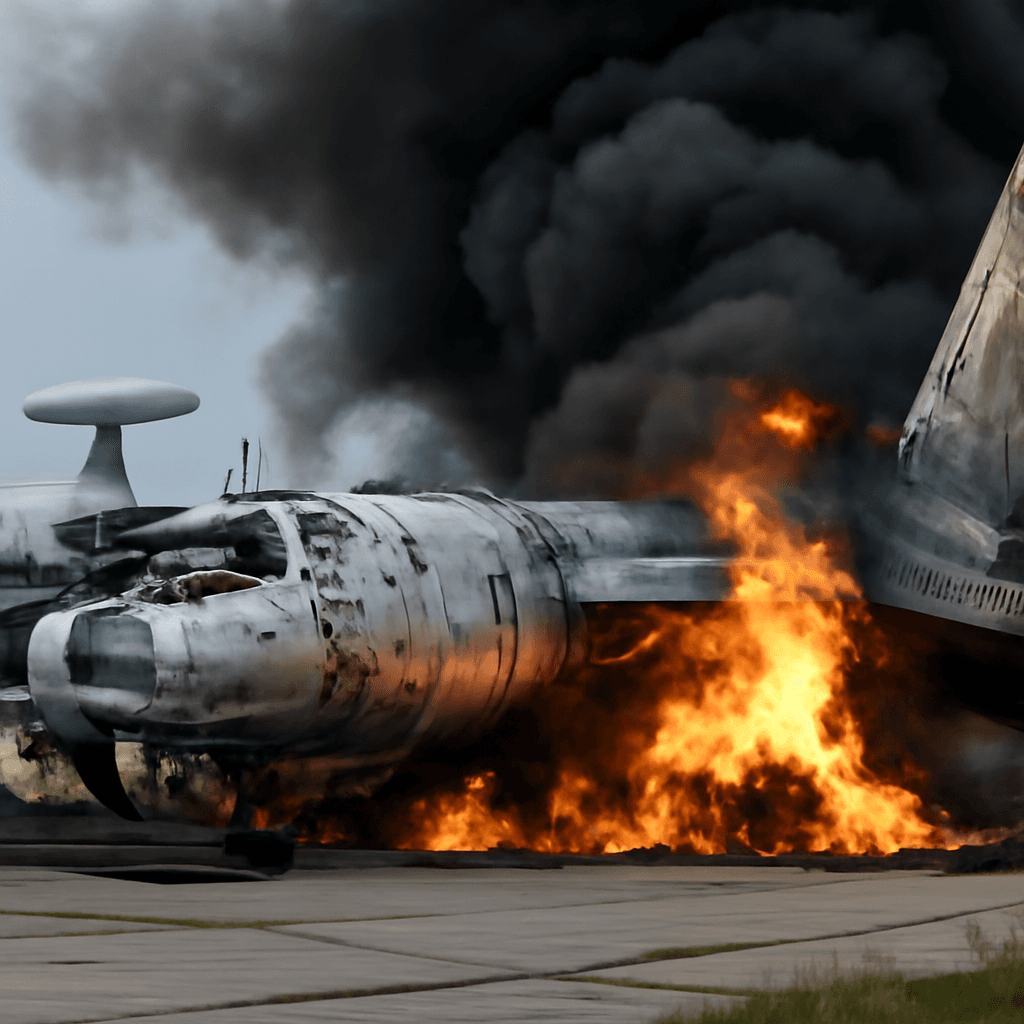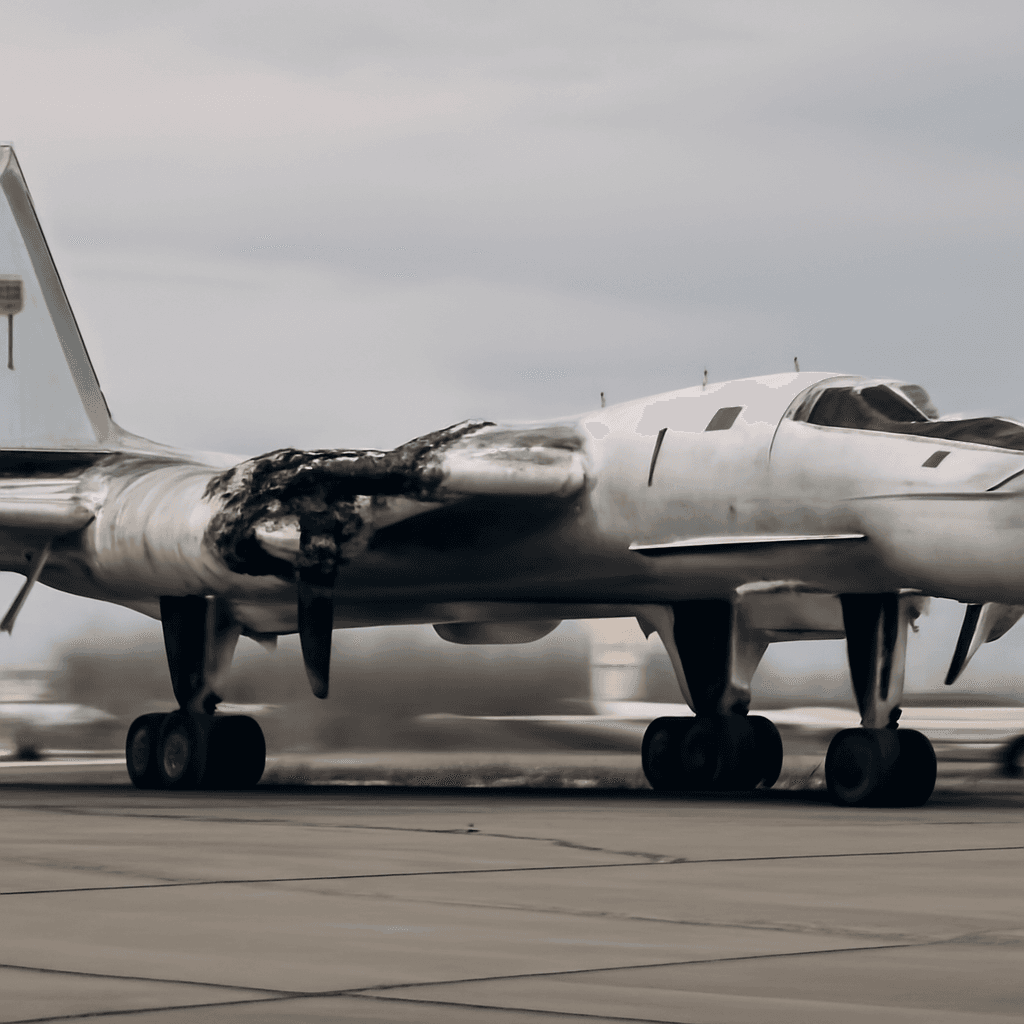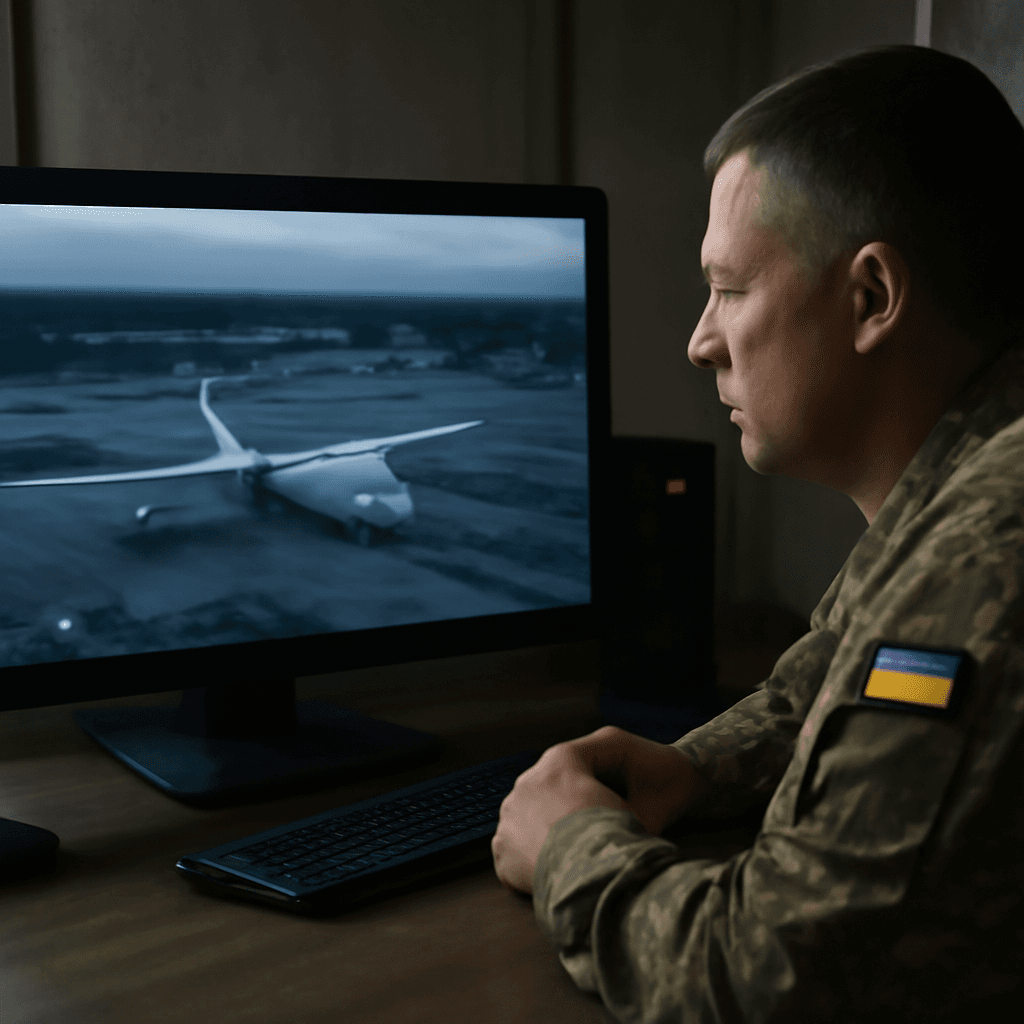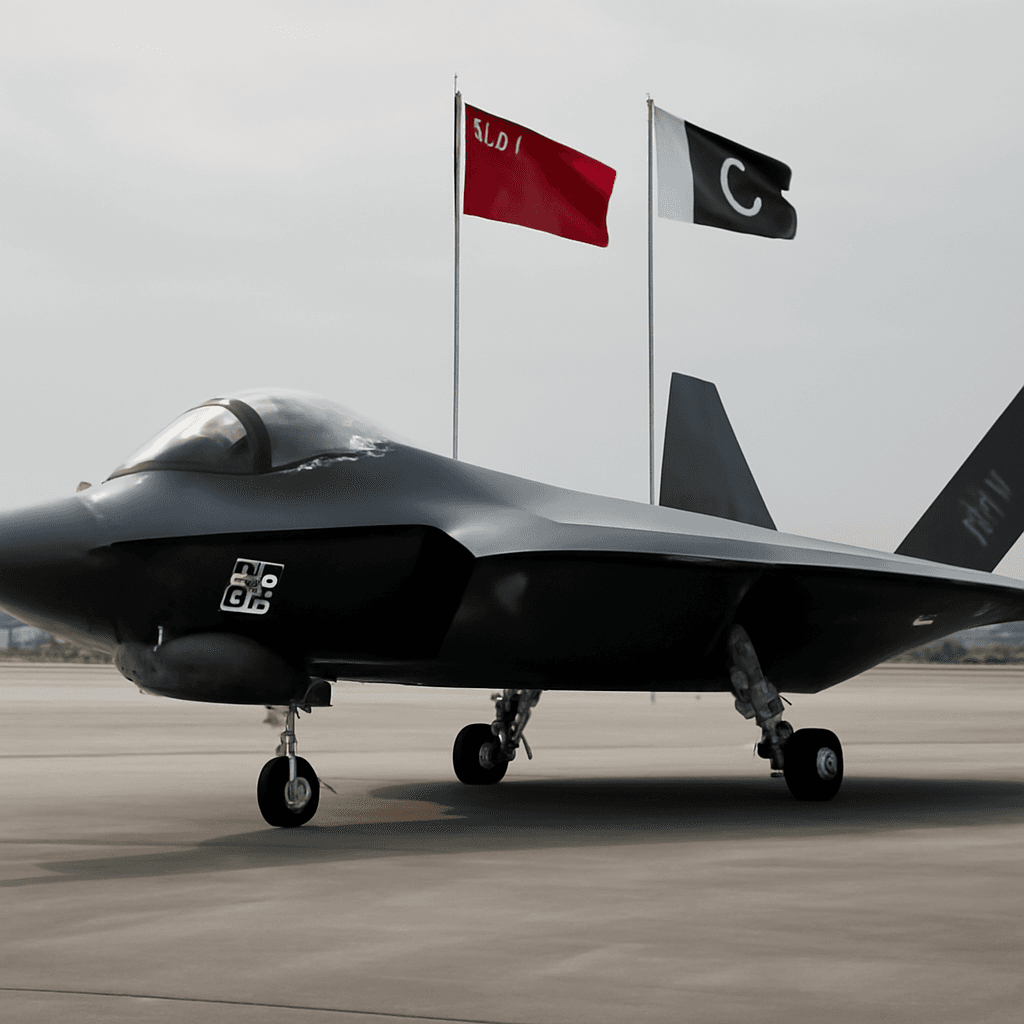British F-35B Jet Stranded in Kerala Faces Dismantling for Transport
Since making an emergency landing at Thiruvananthapuram International Airport on June 14, a British F-35B fighter jet has been grounded in Kerala for over three weeks. Originally diverted due to adverse weather and low fuel during operations off the Kerala coast, the jet encountered technical issues preventing its return to the aircraft carrier HMS Prince of Wales.
Despite efforts by Royal Navy technicians and engineers, the aircraft remains unfit to fly, with mounting indications of complex problems involving both engine and hydraulic systems. In response, a specialized British technical team of approximately 40 personnel is scheduled to arrive in Kerala to attempt repairs and oversee preparations for transporting the fighter jet back to the United Kingdom.
Why Dismantling is Necessary for Transport
The F-35B, a fifth-generation stealth fighter valued at over $110 million, boasts advanced technology enabling radar evasion, superior maneuverability, and intelligence gathering. However, its sophisticated design does not lend itself to conventional transportation methods when grounded far from home.
Moving the jet requires more than just loading it onto a cargo plane. Although a large military transport such as the C-17 Globemaster can carry sizeable equipment—including helicopters and troops—the F-35B's dimensions mean it cannot fit intact inside the aircraft’s cargo bay, which measures about 26 meters in length but only 4 meters in width.
Consequently, experts predict the jet must undergo careful partial dismantling prior to airlift. Key components, such as the wings, will be delicately removed, and every part meticulously cataloged and secured to prevent damage or loss. Only specialized engineers authorized by the manufacturer Lockheed Martin will handle these operations under strict military supervision, given the plane’s sensitive stealth and electronic warfare technologies.
Securing Advanced Military Technology
The F-35B's cutting-edge components include AI-driven sensors, encrypted software, radar-absorbing materials, and sophisticated electronic systems that embody years of top-secret research. This demands exceptional caution during dismantling and transport to avoid data breaches or unauthorized access that could compromise national security.
Every bolt and screw is logged with unique security codes, ensuring traceability and integrity throughout the process. The British military’s close oversight reflects the critical need to safeguard these invaluable assets, emphasizing that the operation is about both technological security and national interest.
Previous Precedents and Costs
This is not the first time an F-35 has been transported in parts. In 2019, a similar operation moved an F-35 Lightning II from Florida to Utah over several years, costing approximately ₹1.7 crore ($200,000). The complexity and expense involved in such maneuvers underscore the logistical challenges faced by the British Royal Navy.
Local Reception and Future Outlook
While the jet’s unplanned stay in Kerala has made headlines internationally, locals have embraced the unique situation with humor and curiosity—regional tourism boards have even playfully highlighted the jet on social media, capturing public imagination.
For now, the jet remains under guard by a British crew supported by Indian security forces, awaiting repair efforts. If restoration proves unfeasible on-site, dismantling and airlifting will become the only option.
Ultimately, once repaired and reassembled, the F-35 will return to active duty, continuing its vital role within the British Royal Navy’s strike capabilities. Until then, the stranded jet stands as a reminder of both the marvels and challenges intrinsic to modern military aviation.

